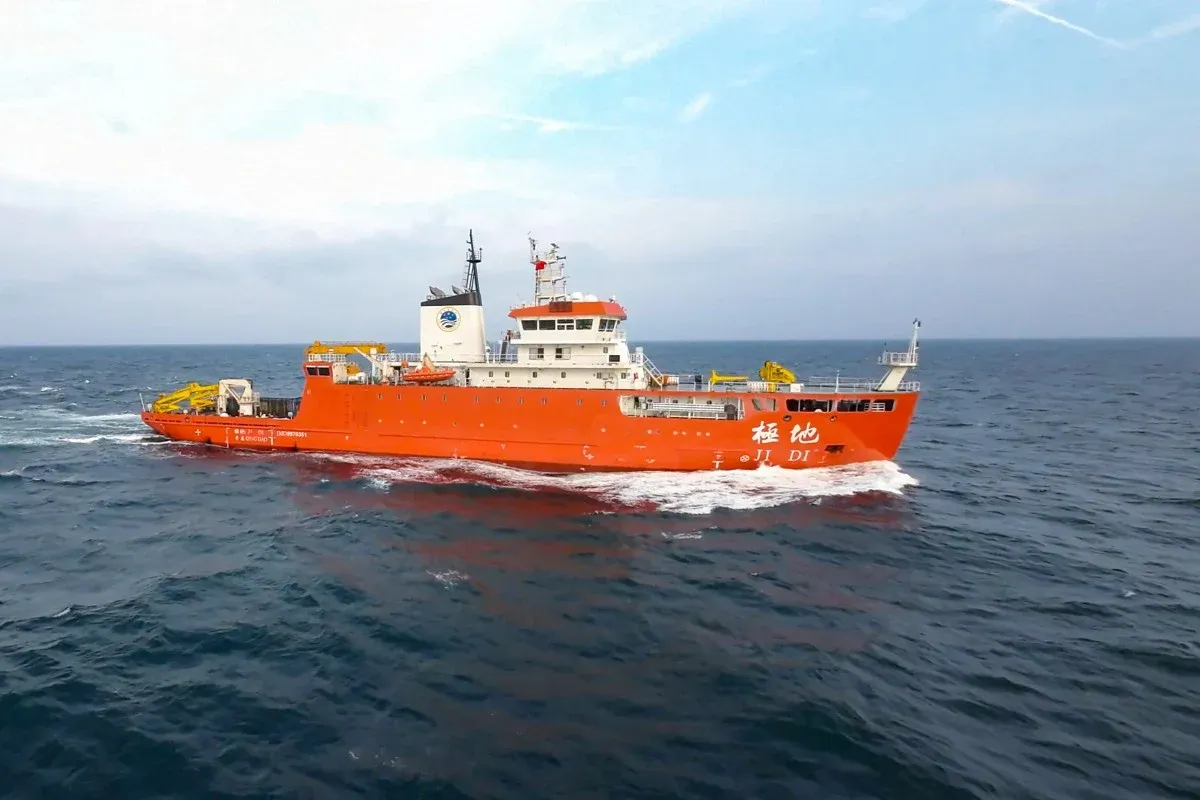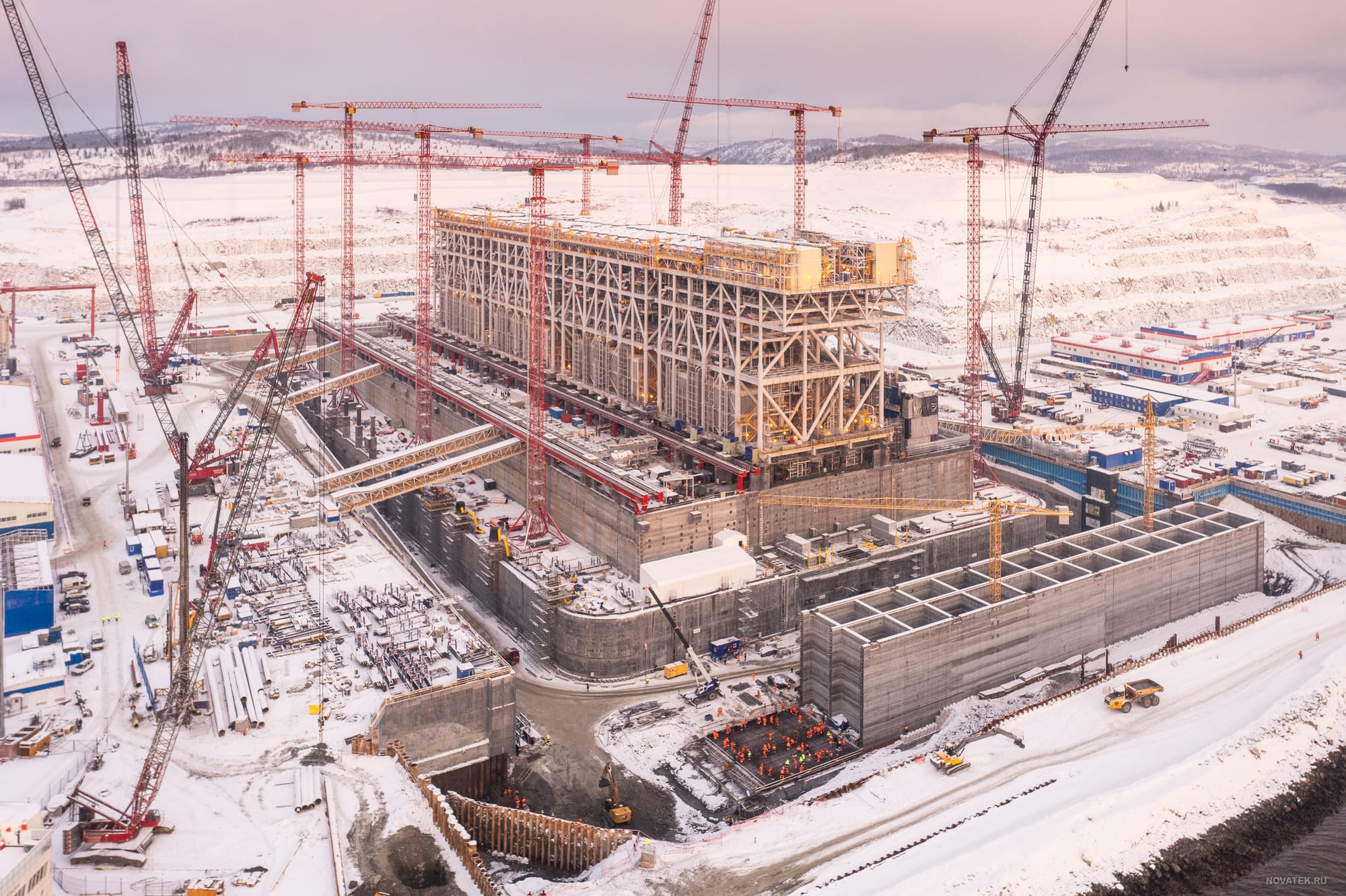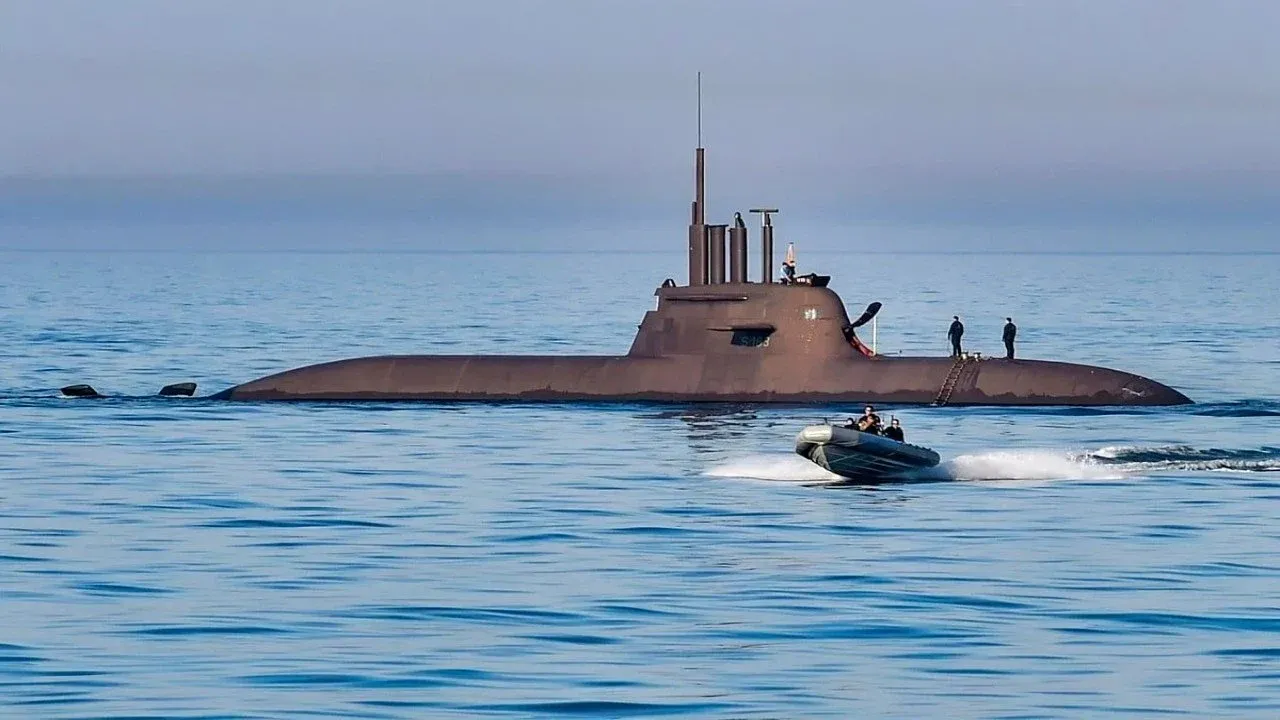Arctic Debrief June Round-Up
China and Russia deepen Arctic ties; Western allies boosts Arctic capabilities and interoperability; and Russia's LNG industry continues to struggle.
In This Edition:
- China and Russia deepen Arctic ties;
- Western allies boosts Arctic capabilities and interoperability;
- Russian LNG industry's continued struggles.
Hello readers, here is the long-awaited Arctic June Monthly Round-Up. It is quite late, but better late than never! I was trying to make this in a different medium but as I am running into some issues I decided to just send this one out and keep working on the July edition instead of delaying this further. Thank you for your understanding! If you have any feedback the best place to leave it is on my patreon page, I am planning to be more active there and post more exclusives for paid and free tiers, so please support me by following there! Enjoy the second monthly round-up.
China and Russia deepen Arctic roots
In early June, Russian state nuclear agency Rosatom and Chinese shipping company Hainan Yangpu NewNew Shipping announced plans to cooperate on the development of the Northern Sea Route (NSR). The companies cemented their partnership with a deal signing at the St.Petersburg International Economic Forum held between June 5 and 8.
The cooperation between the two companies will aim to have the trade route running along Russia's northern territory operational year-round. As part of the deal Rosatom and NewNew Shipping are planning to collaborate on the development and construction of ice-capable cargo vessels.
Russian President Vladimir Putin gave a speech at the forum indicating Russia's intent to significantly increase investment in Arctic to increase the number of cargo ships using the NSR and to build infrastructure to support them along the route. Putin said that Russia's goal is to increase the volume of goods shipped through the NSR from 36 million tons to 150 million tons "in the near future."
Investments in Arctic infrastructure will include the development of Russia's northern harbors to accommodate increased traffic and the construction of new roads and railways connecting the north to southern trade hubs.
Russia and China have a large stake in shifting global trade towards the NSR, and are likely to continue developing the region, especially as global temperatures rise and make the Arctic more accessible.
However, an ice-free Arctic is still some years away which is why both countries are building a number of ice-breakers. The Chinese government received its 4th ice-breaker, the Ji Di, in June.
The Ji Di is a summer-time Arctic research vessel which will conduct a variety of missions for the PRC. Although the Chinese government claims its research vessels are purely for studying the Arctic and transiting scientists and supplies to its Arctic and Antarctic stations, the US government has designated these ships as dual-purpose.
Outlined in the US DoD's newly released Arctic Strategy, the Chinese research vessels have tested equipment for the People's Liberation Army such as unmanned maritime and aerial drones capable of operating in Arctic conditions.
China and Russia operate the world's largest ice-breaker fleet, including multiple nuclear ice-breakers. Additionally both nations are manufacturing new ice-breakers to further expand Arctic capabilities. Western allies are beginning to kick-start their own programs to catch up their ice-breaking capacity.

Russian LNG industry faces continued struggles
Amidst Russian efforts to increase traffic in the NSR and to develop Arctic infrastructure, the country's liquefied natural gas industry is beginning to falter under the weight of Western nations.
The US introduced another set of sanctions targeting the Obsky LNG, Arctic LNG 1 and Arctic LNG 3 projects, as well as the companies building pipeline infrastructure for Murmansk LNG and Vostok Oil.
In addition to sanctions, European nations that were primary buyers of Russian energy exports have significantly diversified their energy imports. To make matters worse the industry is in desperate need of LNG transport ships.
The worldwide fleet of LNG-capable transport vessels is around 750, with Russia's capacity being nearly non-existent. Even if Russia does attain those ships, Russia is prohibited from using a number of critical ports that would be able to intake those deliveries.
Regardless Novatek, the company behind the Arctic LNG projects, is attempting to salvage the situation by sending around 100 engineers to accelerate the construction of Russian-made LNG transport ships.

Western allies boost Arctic capabilities and interoperability
June saw a number of development throughout the NATO member states increasing their militaries' interoperability and beginning processes to improve their Arctic capabilities.
Finland, Norway, and Sweden took a significant step in improving the war readiness of the three nations by signing an agreement to create a military corridor through their territory.
The purpose of this measure is to allow for NATO to deliver troops and equipment to Norwegian ports, which could then be quickly deployed to a hypothetical front line in Finland.
Meanwhile Canada, Germany, and Norway, are considering forming a strategic partnership to develop and manufacture submarines for their respective navies. The offer was extended by German Defense Minister Boris Pistorius to Canadian Defense Minister Bill Blair, who stated that Canada will consider the offer.
Norway and Germany is currently cooperating on the construction of the type 212 submarine, a model that is a larger and modernized version of Germany's current submarine fleet.
In domestic Canadian news, the federal government projects that the country's investments in Arctic security should help it reach NATO's 2% defence spending goal.
Part of these investment include the development and construction of Canada's River-class destroyers. The ships, called the Canadian Surface Combatant, will replace Canada's aging fleet of Halifax-class frigates.
The project is estimated to cost about $60 billion (CAD) and promises to deliver 15 new warships for the Royal Canadian Navy by 2050. The vessels will be based on the British BAE type 26 Frigate. The Canadian Navy is scheduled to receive its first River-class destroyer in 2035.


